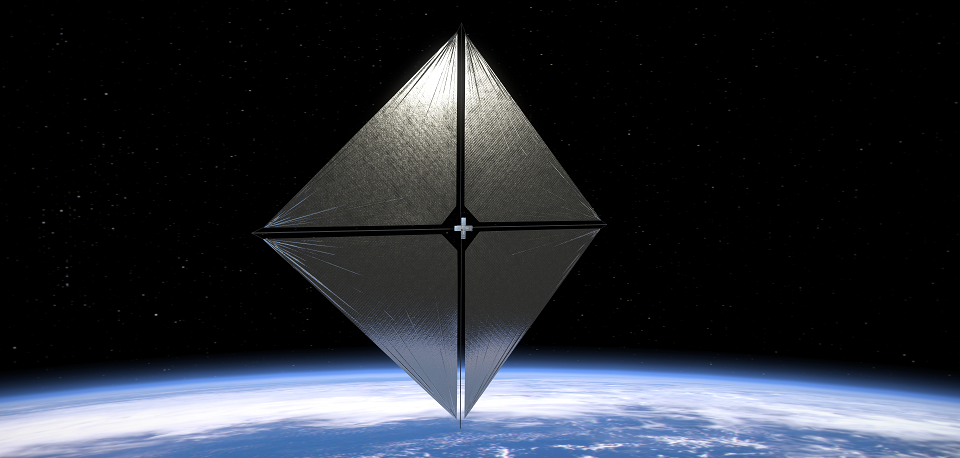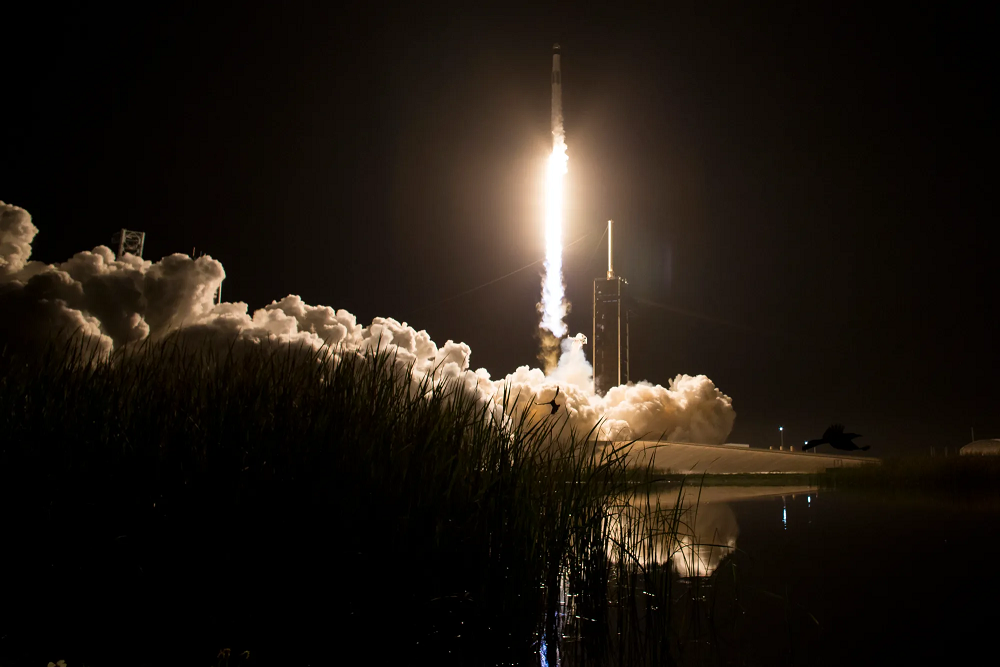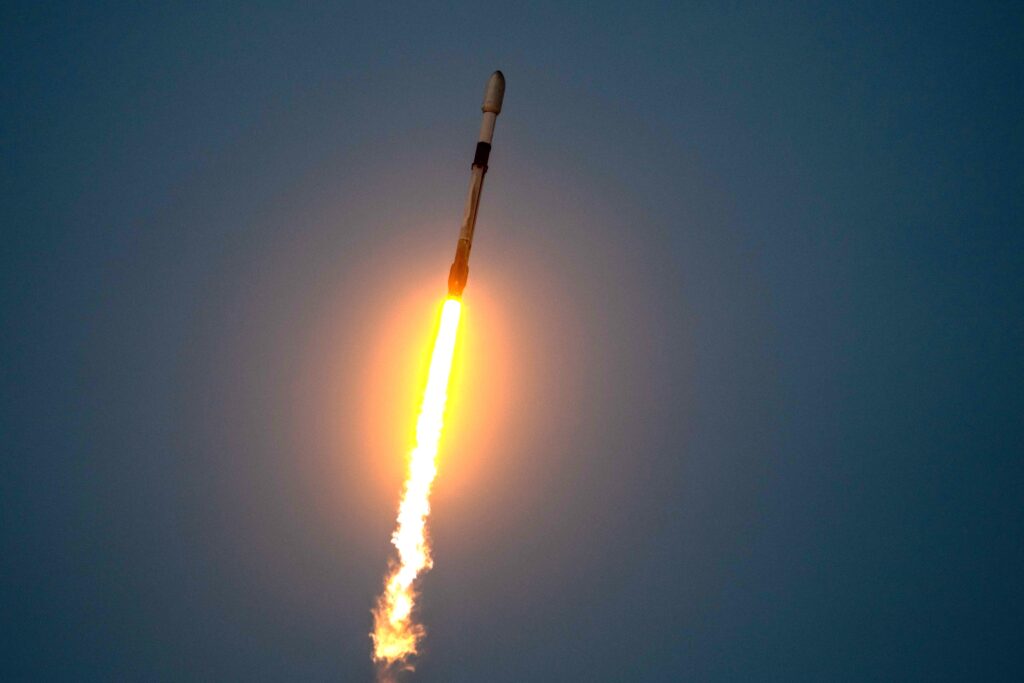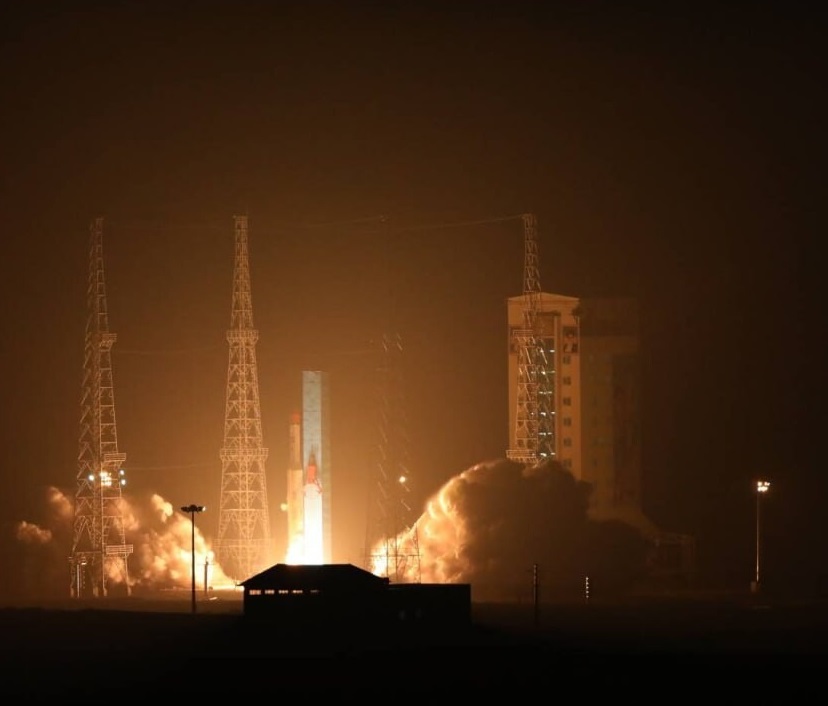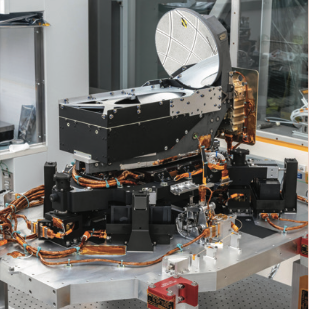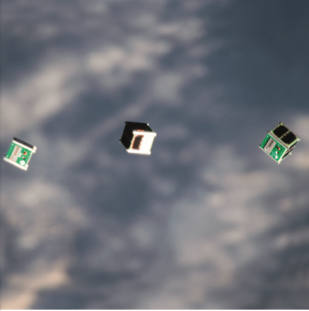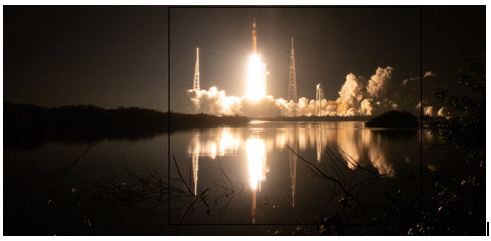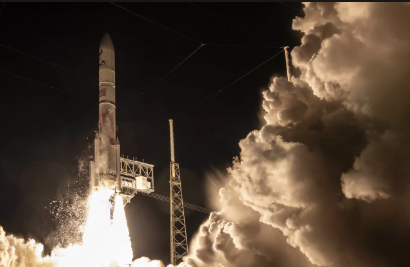Posts Tagged ‘Slider’
Rocket Lab launches NASA solar sail test, South Korean observation satellite
Rocket Lab launched two satellites on April 24. One is an Earth observation satellites for a Korea university and the other is a solar sail technology demonstration.
Read MoreSpaceX surpasses its 50th astronaut launched to space
SpaceX launched its Crew-8 mission to the International Space Station, surpassing 50 humans sent to space by the company. This is the first spaceflight for spacecraft commander Matthew Dominick and specialists Jeanette Epps and Alexander Grebenkin. However, it is pilot Michael Barratt’s third voyage into orbit.
Read MoreLaunch records topple in 2024 with busiest January of space age
Averaging a liftoff every 33 hours and 49 minutes, January’s 22 successful launches to space marked the busiest start to a year since the Space Age dawned in 1957, and put the globe on track for 259 launches in 2024, which would easily eclipse records set in 2023, according to a Space Foundation database.
Read MoreIran’s recent space success could advance nuclear aims, retired General says
A Sunday launch that placed three Iranian satellites into orbit could signal the Islamic Republic’s ability to use its launch vehicles to deliver warheads to distant targets, warned retired Air Force Gen. Lance Lord, a former leader of Pentagon space efforts. Announced by Iran’s state news agency IRNA, the Sunday launch was the nation’s second successful space mission in the past month and the first to deliver multiple satellites. The three satellites, Mahda, Keyhan-2, and Hatef-1, were described by Iran as research satellites designed to test a variety of technologies including communications.
Read MoreFinal flight of NASA’s remarkable Mars helicopter ends with rotor damage
Rotor damage suffered during a routine Jan. 18 flight grounded the Ingenuity helicopter on Mars, after three years exceeding expectations and setting milestones for powered flight on another planet alongside the Perseverance rover, ending the aircraft’s remarkable mission, NASA announced Thursday.
Read MoreNASA completes first laser communications beyond Moon
As scientific instruments get more precise and the private and public sectors work to send humans farther into space than ever before, space data transfers are more important than ever before.
Read MoreUniversity nanosatellite launches skyrocket over past decade
Universities across the globe are building an increasingly large presence in space by attaching student satellite projects to launches. Since the advent of nanosatellites and CubeSats, the barrier to space entry has never been lower for students.
Read MoreAxiom-3 private mission brings new nation, science to the ISS
The Axiom-3 private mission launched to the International Space Station (ISS) on Jan. 18, 2024, one day later than initially expected. The SpaceX Crew Dragon capsule is scheduled to dock with the ISS as early as 9:19 a.m. UTC on Saturday.
Read MoreFacing safety, budget concerns, NASA delays Artemis Moon missions
With budget cuts on the horizon and technical hurdles to vault before astronauts return to the Moon, NASA pushed the brakes on its Artemis program launch schedule Tuesday, delaying a planned lunar fly-by mission into 2025 and its planned landing into 2026. The agency cited safety concerns for the delay, including an ongoing investigation into problems with a heatshield, which was damaged when the uncrewed Artemis I capsule re-entered Earth’s atmosphere after a 2022 test flight. The move also comes as congressional negotiators mull slimming the agency’s budget by more than $500 million from its 2023, and $2.2 billion short of NASA’s 2024 budget request.
Read MoreWith maiden flight, ULA’s Vulcan joins 2024’s stampede to space
United Launch Alliance’s Vulcan launch vehicle successfully roared aloft Monday on its maiden flight from Florida, carrying lunar payloads and keeping up a blistering pace of spaceflight that could drive 2024 past annual records for payloads sent to space and launches set in 2023. The first eight days of 2024 have seen four launches from the United States, including three by SpaceX, along with missions to orbit from India and China.
Read More